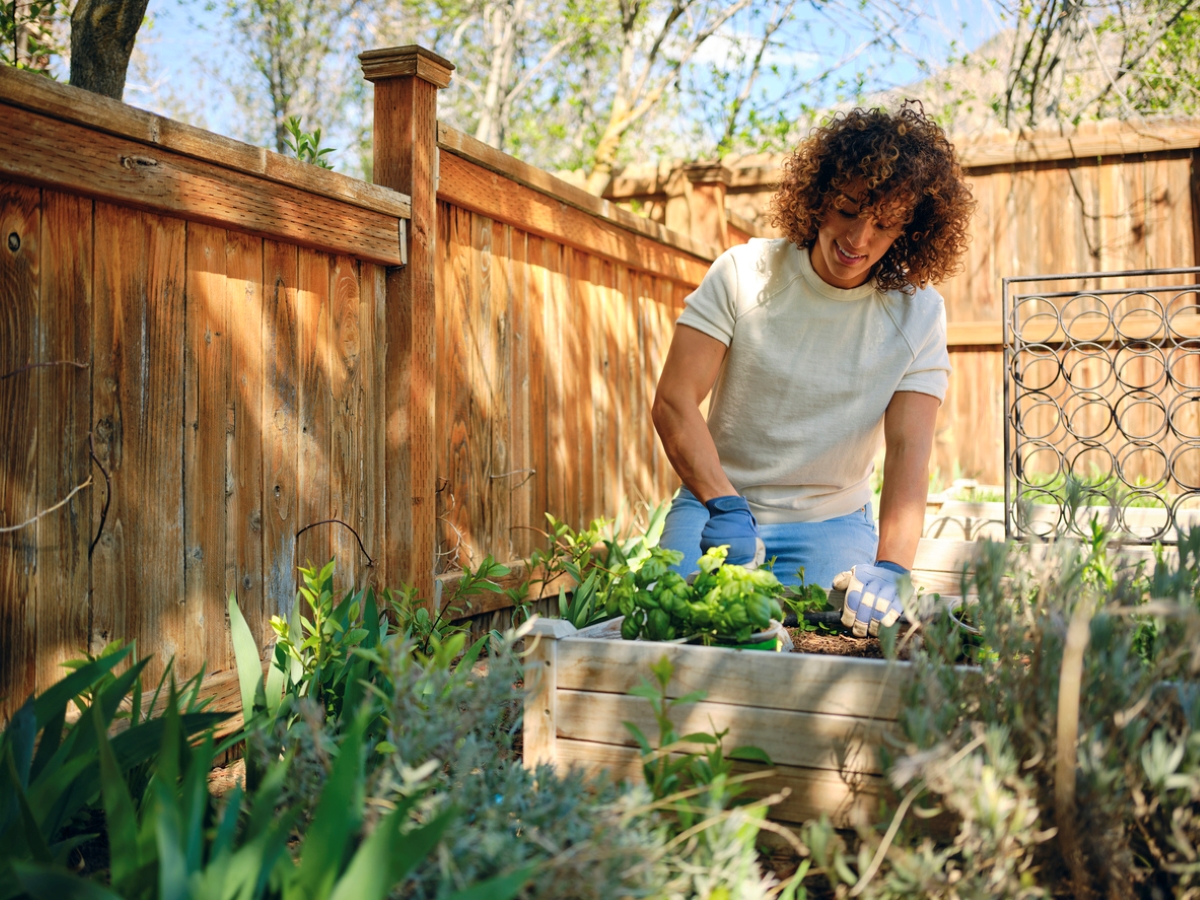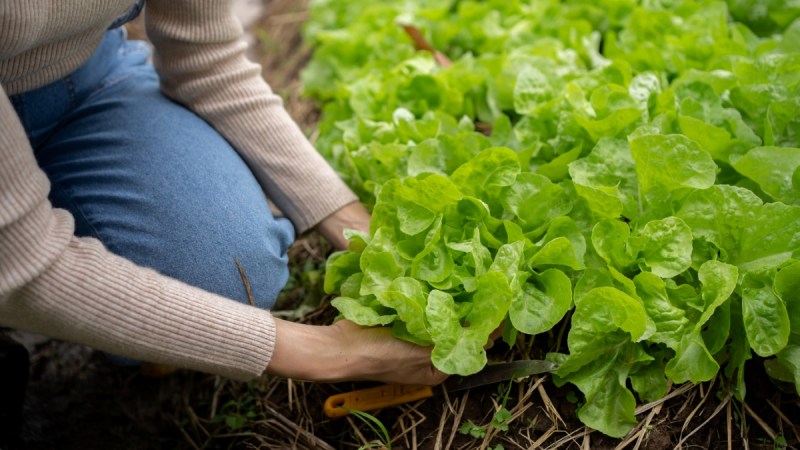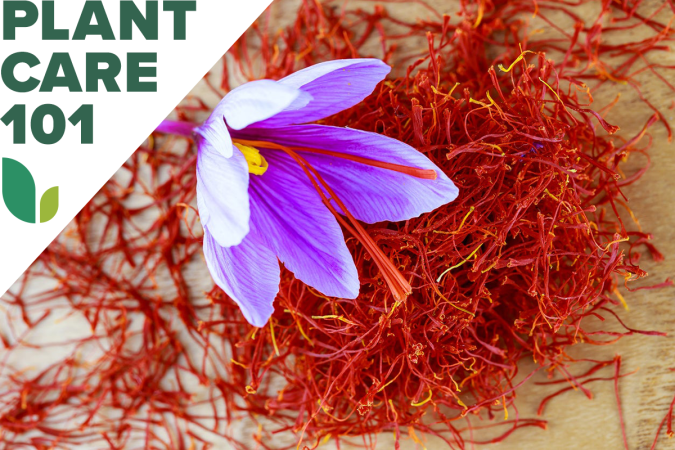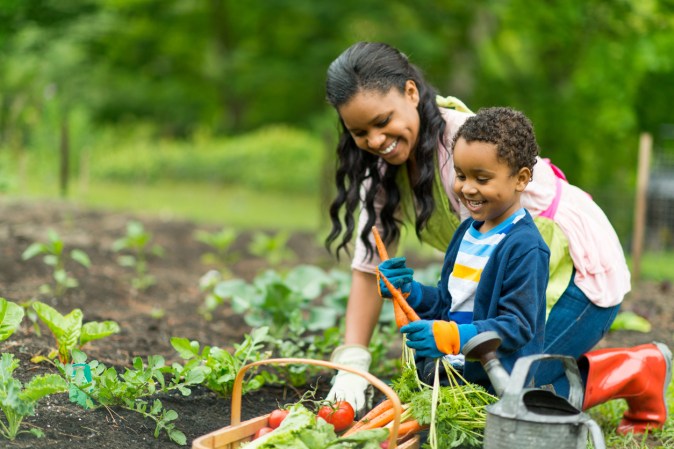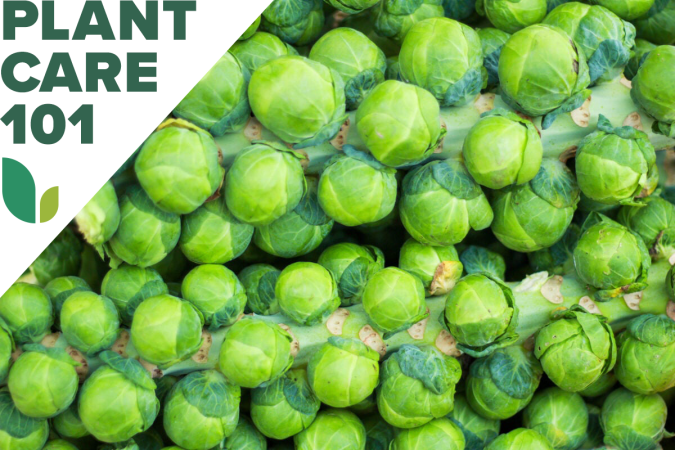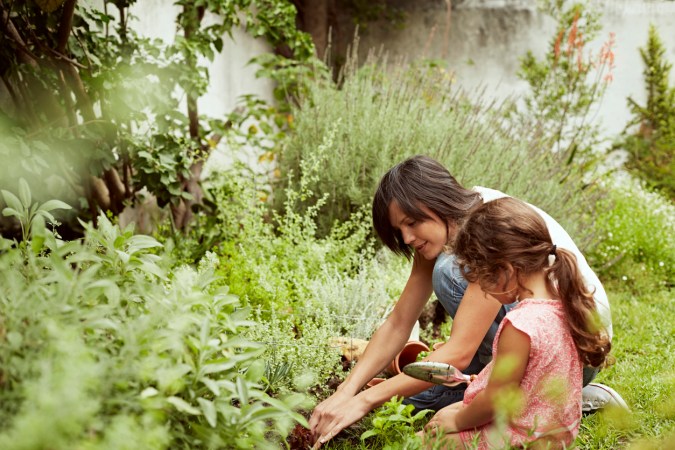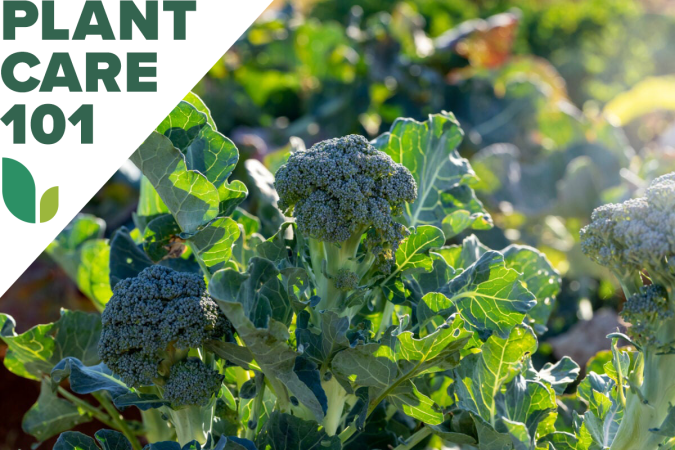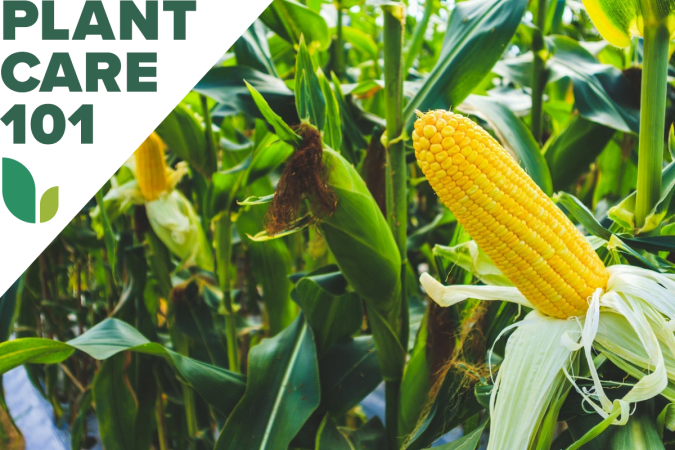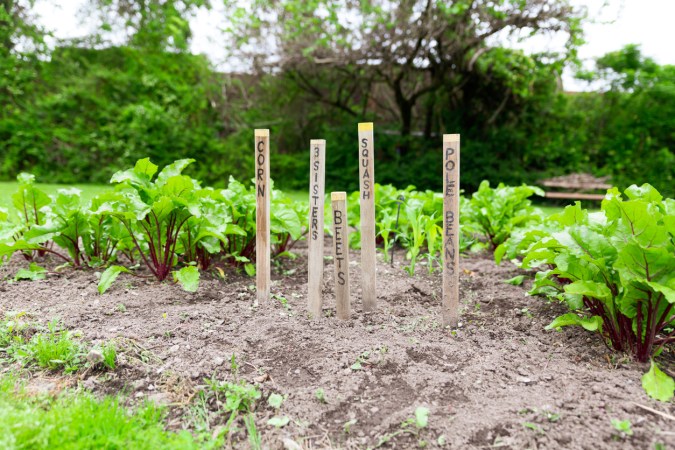We may earn revenue from the products available on this page and participate in affiliate programs. Learn More ›
Unfortunately, most vegetables don’t have it made in the shade. The popular types that produce large fruits above-ground—such as tomatoes, melons, and squashes—generally require at least 6 to 10 hours of sun per day. Although there really are no full shade vegetables or even shade loving vegetables, those grown for their greens, heads, or underground fruits generally can cope with some shadow, provided that it is only partial and not dense. Shade might help a few of them preserve the cool conditions that they prefer. In fact, several cold season vegetables can be planted early enough to catch some rays before trees leaf out in spring.
When considering vegetables that grow in shade, it helps to know how much covers your growing area. Keep the following definitions in mind, while adjusting shade slightly based on how dense it is:
- Full Sun: 6 or more hours of sun per day
- Partial Sun: 4 to 6 hours of sun per day
- Full Shade: Less than 3 hours of sun per day
Finally, if you really must try tomatoes in areas with less than 6 hours of sun, you should opt for short-season types. They can tolerate the chill of shaded conditions better than other cultivars do.
RELATED: 12 Fast-Growing Vegetables for Your Home Garden
1. Loose-Leaf Lettuce (Lactuca sativa)
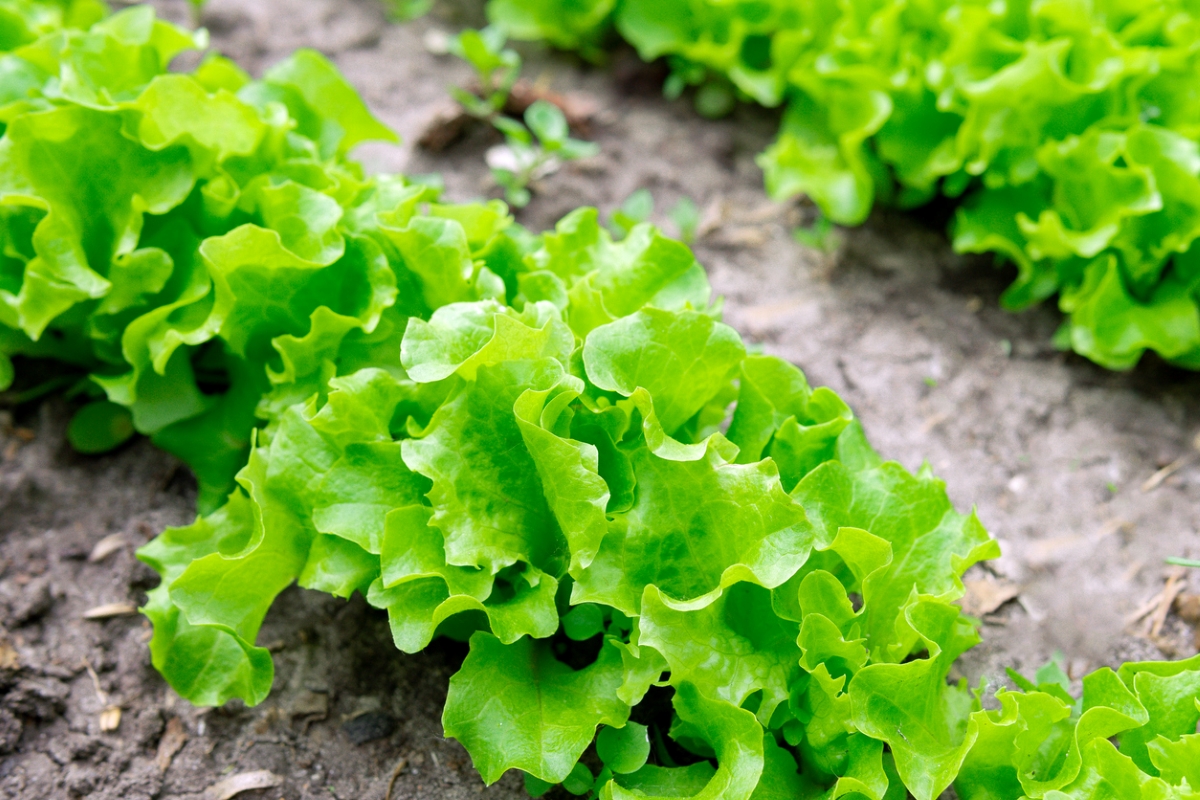
Because lettuce actually prefers cool conditions to keep it from bolting and doesn’t need to grow large, it sometimes can get by on dappled sunlight, making it one of the easiest shade vegetables. (In this context, to “bolt” means to flower and go to seed prematurely.) Easy-to-grow loose-leaf lettuces do not form a head, but grow as separate leaves that you often can harvest more than once in a season. For the best results, though, ensure that lettuce, whether grown in the ground or as a container vegetable, receives at least 3 to 4 hours of rays per day.
2. Spinach (Spinacia oleracea)
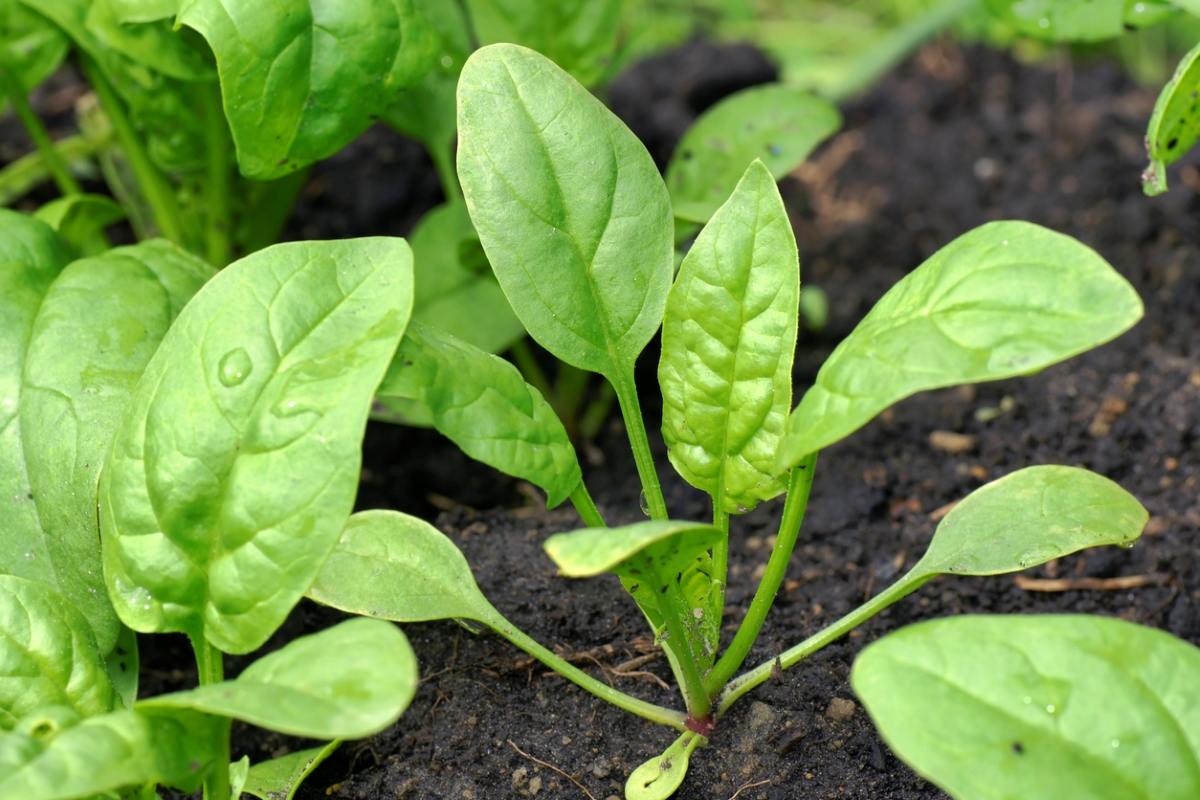
Spinach, too, can keep its cool under the same conditions as those specified for lettuce. Spinach receiving too much sun might yellow, and plants not getting enough light (less than partial shade) might turn dark green in protest; the darker hue shouldn’t be obvious in this vegetable that takes on a similar color naturally, placing it among the uncomplaining low light vegetables. Look for some newer varieties like Olympia or Space, which are bred to slow down bolting.
3. Kale (Brassica oleracea var. acephala)
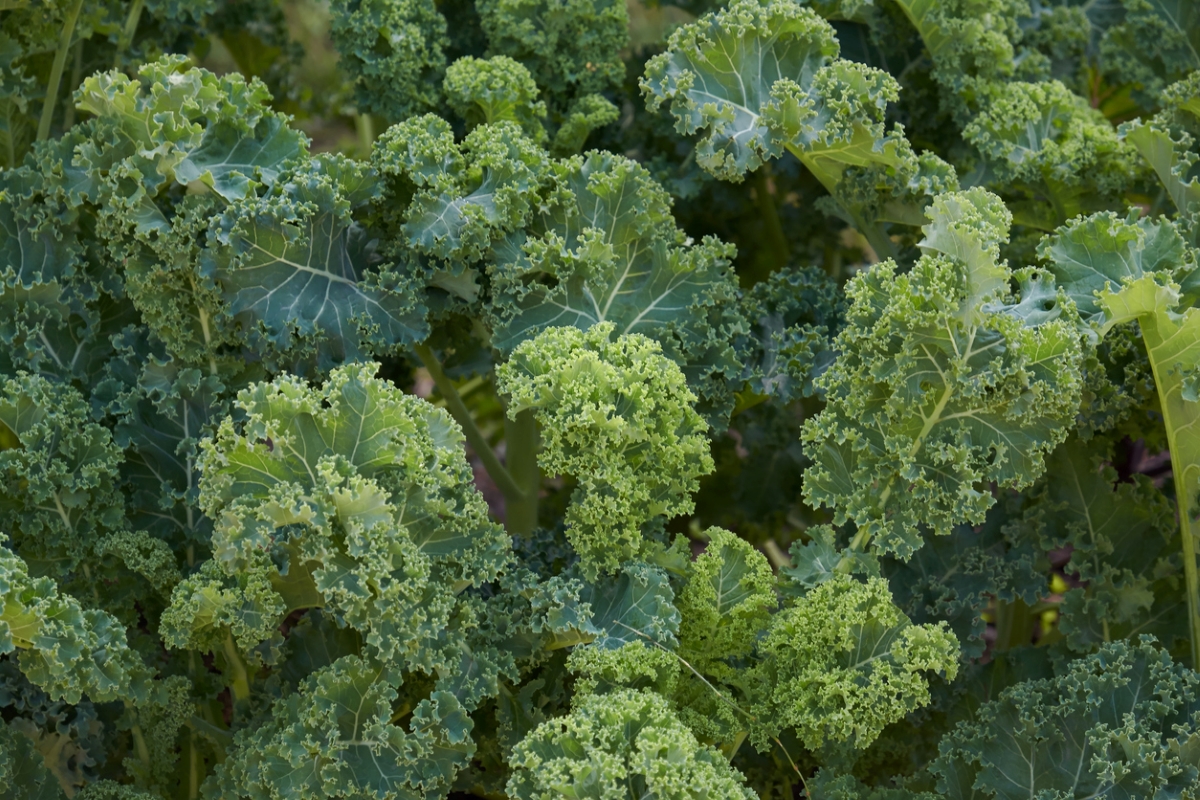
As with the above greens, kale can be harvested at a baby size, even if a shaded location doesn’t allow it to grow to full maturity. In fact, some sources recommend light-reducing and humidity-raising shade cloth—preferably silver, which reflects more light—for kale planted in midsummer for a fall harvest. The plant’s cold tolerance also will allow it to be planted before trees leaf out in spring to take advantage of the extra sun then.
4. Broccoli (Brassica oleracea var. italica)
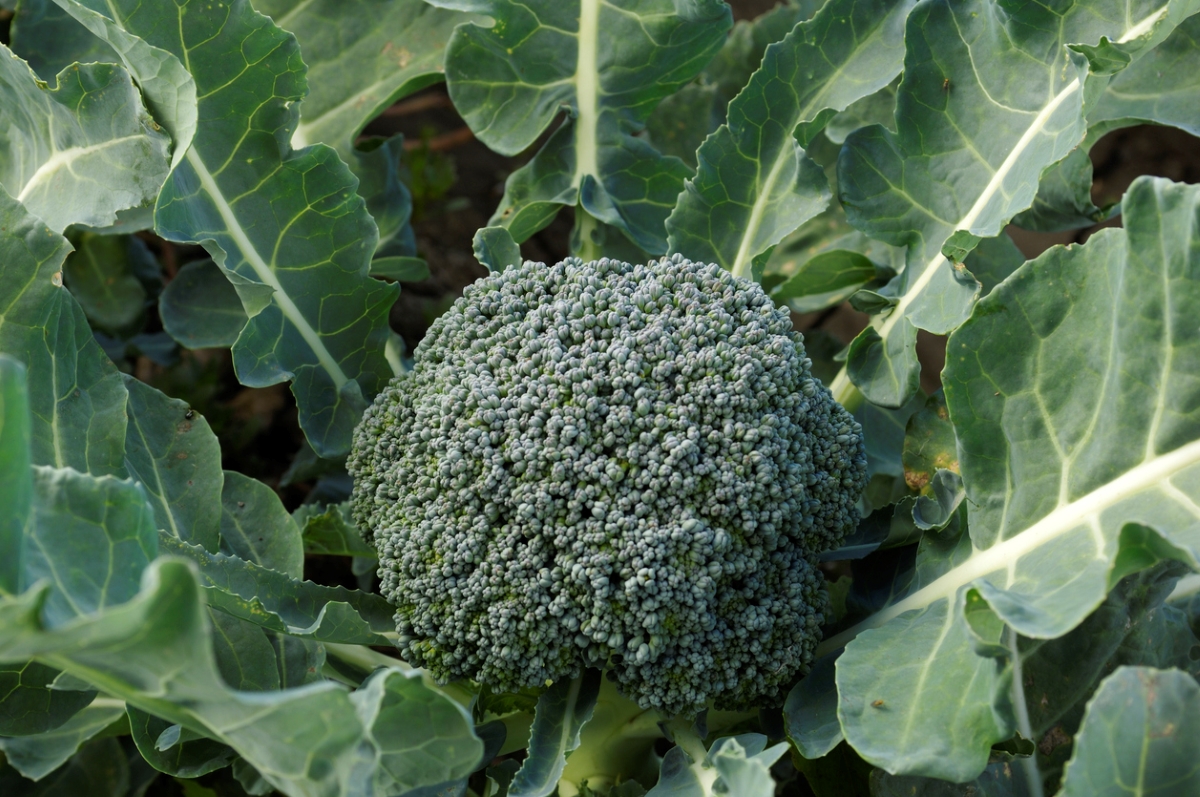
Head-producing brassicas such as broccoli require at least 3 to 6 hours of sun. But shade for the rest of the day may allow them to remain cool and collected enough not to bolt—or not to run to seed as quickly as they might in full sun, anyhow. Natalie Hoidal and Marissa Schuh of University of Minnesota Extension note that brassicas often do better as a fall crop, when conditions more closely approximate those under which they originated.
5. Cauliflower (Brassica oleracea var. botrytis)
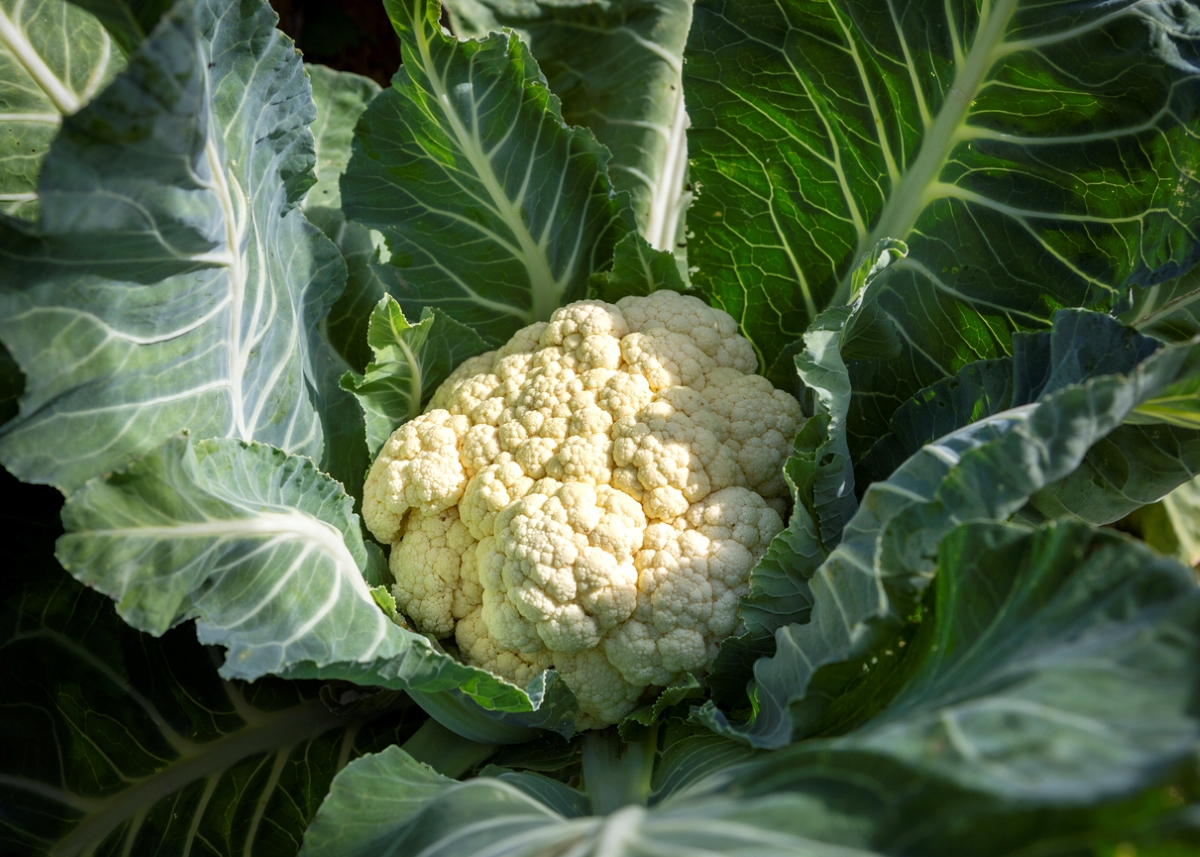
A broccoli relative, cauliflower is another fall or spring (cool-season) vegetable. Cauliflower also requires at least 3 to 6 hours of rays, yet consistently cool temperatures between 60 and 69 degrees Fahrenheit. Some growers deliberately shade the plants’ heads to blanch them by folding the plants’ own leaves over to serve as “parasols” and help retain their white color. The real trick to growing cauliflower is timing, so that days are cool enough while sunny for a few hours, and nights are frost-free.
RELATED: 11 Types of Asian Greens and How to Grow Them
6. Cabbage (Brassica oleracea var. capitata)
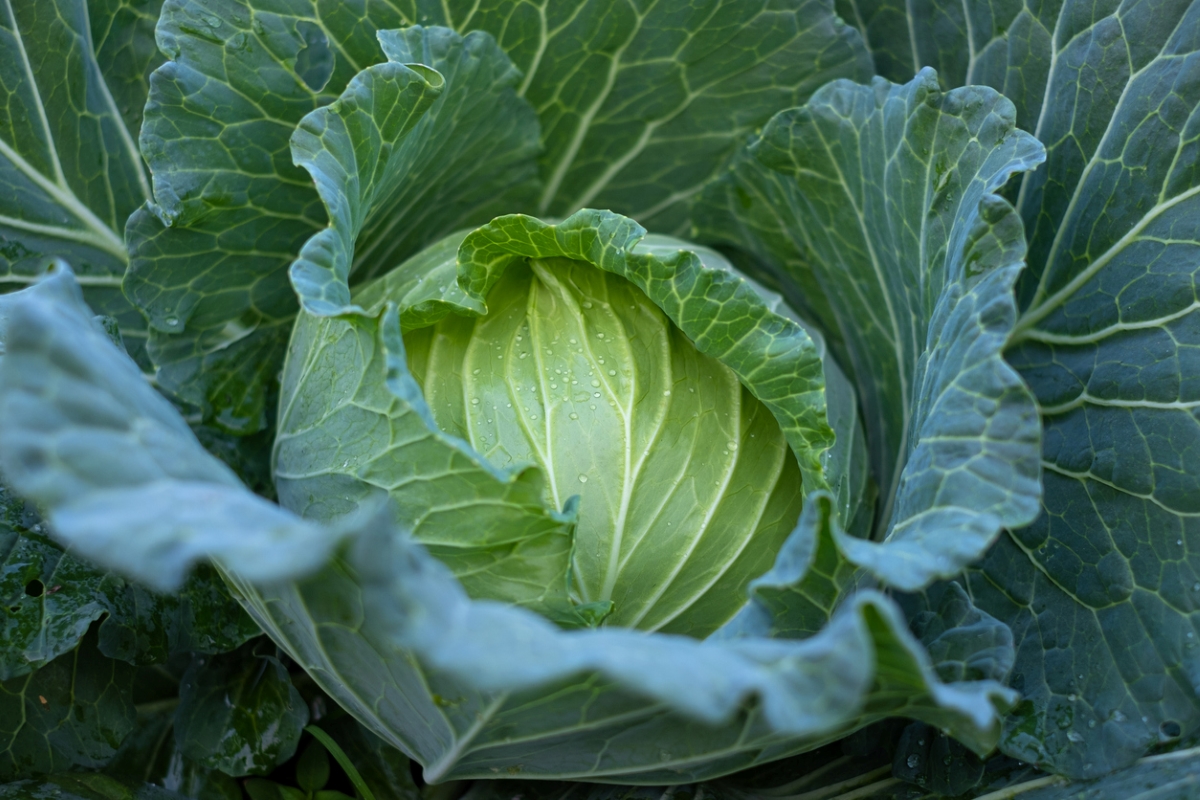
Though they have heads of a different kind than the previous brassicas, cabbages will need a similar amount of illumination. The plants will tolerate partial shade, but it will slow the rate at which their tightly wrapped green spheres mature. That may not matter if you prefer your cabbages small and tender. Cabbage is best sowed as seed in spring as soon as you can work soil or in summer for a fall crop.
7. Radishes (Raphanus sativus)
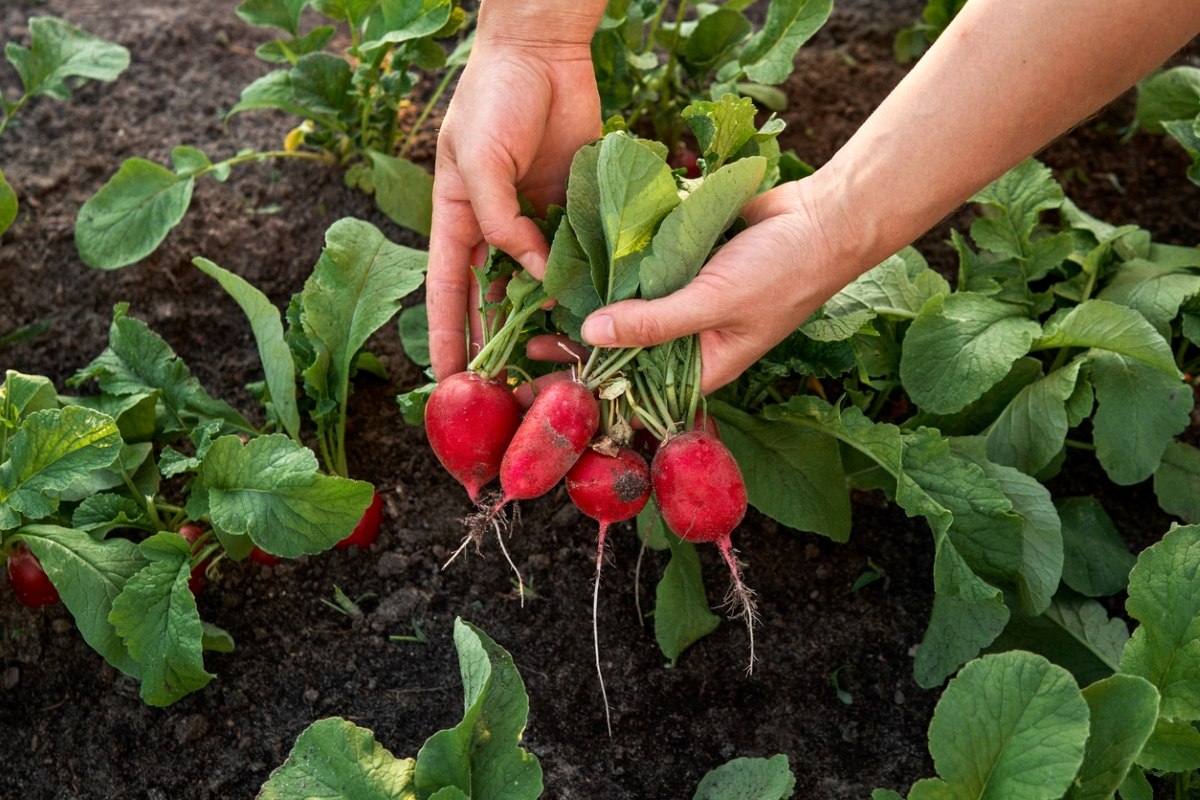
Speaking of “heads,” vegetables such as radishes that keep theirs buried in the sand—or other soil—also can get by with only 3 to 6 hours of sun. However, Julia Field and Ivy Cirar of Northern Illinois University warn that if they are planted in too shady a position they will “put all their energy into producing larger leaves” rather than fruits. Radishes grow best in fall or spring, not in the heat of summer.
8. Beets (Beta vulgaris)
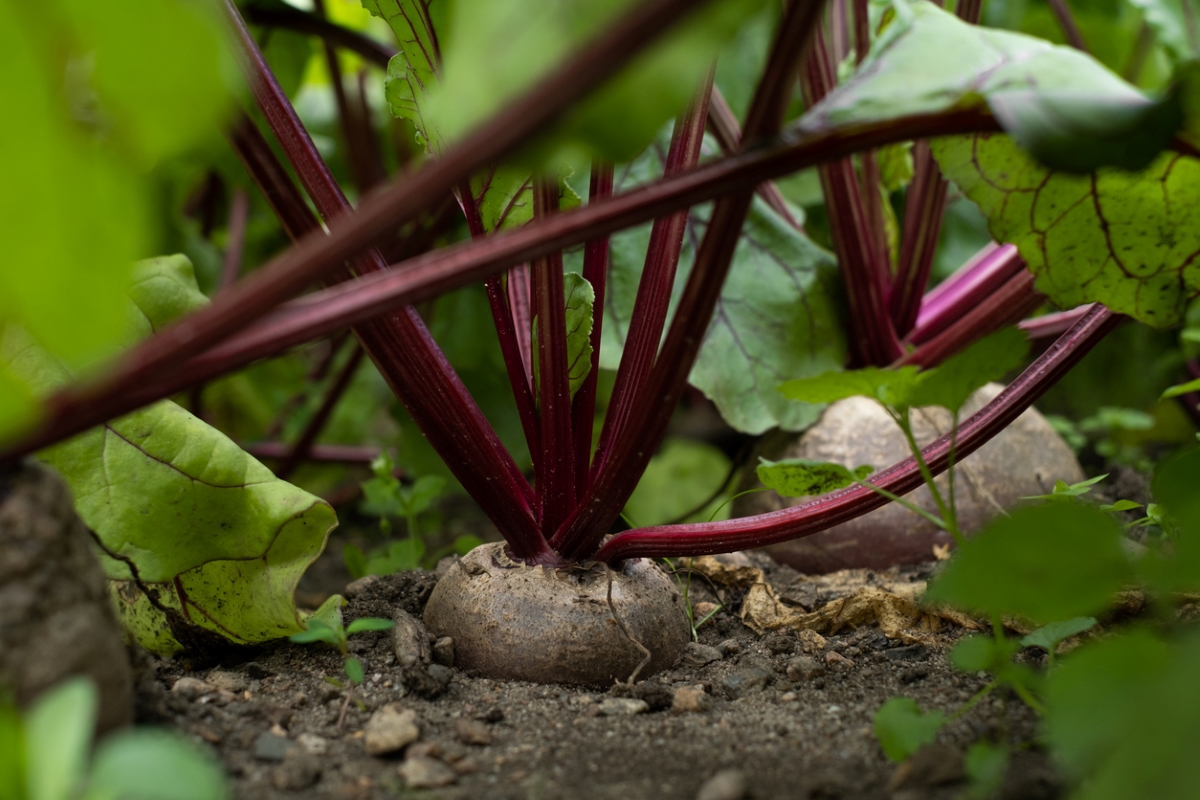
As for beets, they enjoy “beating the heat” in partial shade with 4 to 5 hours of sun but tend to take things easier there too. North Carolina State Extension notes that, “Although they can still grow well in partial shade, it will take longer for the plants to mature to harvestable size.” Even if the roots don’t grow large enough for you to use, you still can harvest beet greens from the plants.
9. Carrots (Daucus carota var. sativus)
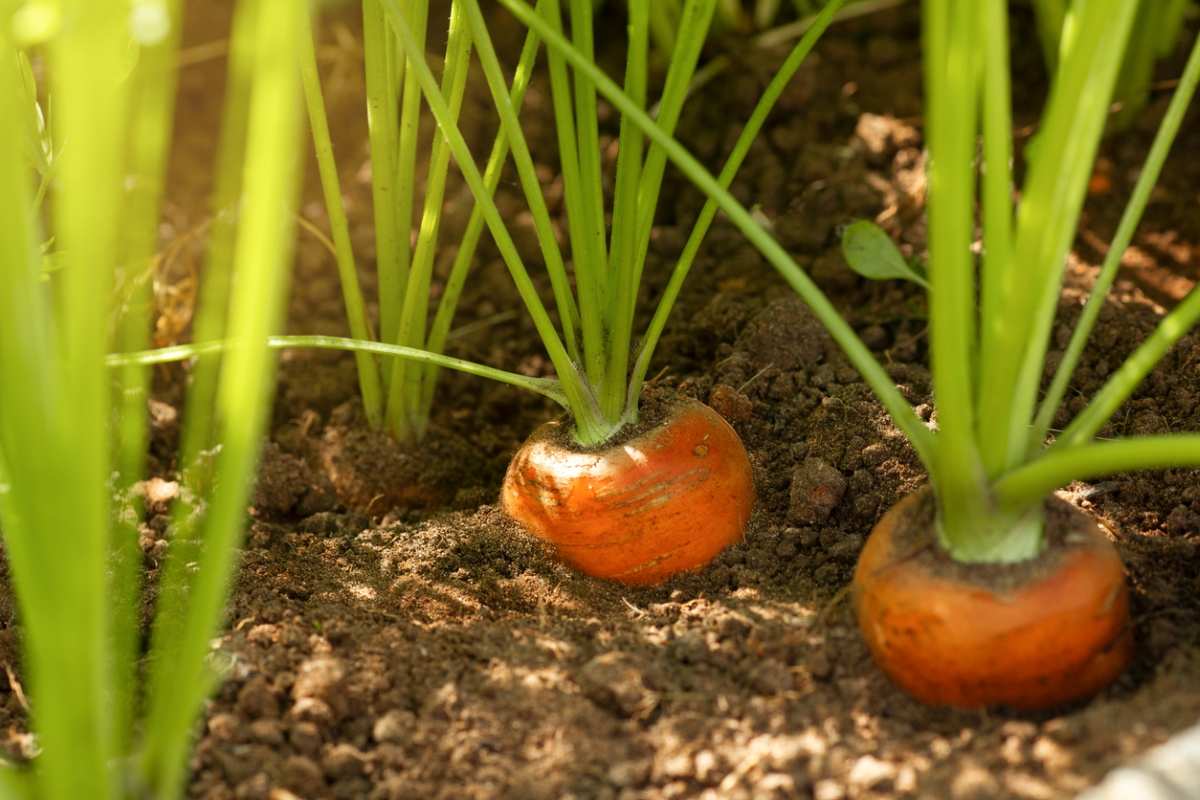
Carrots also prefer cool conditions that reportedly help prevent their cores from turning woody and bitter. Washington State University advises that “morning sun only may be sufficient” for them, rating carrots as another of the partial shade crops that keep their edible roots mostly in the dark anyway. If you time your planting so that you can pull them before the hottest months of summer, they should be the sweeter for it.
10. Potatoes (Solanum tuberosum)
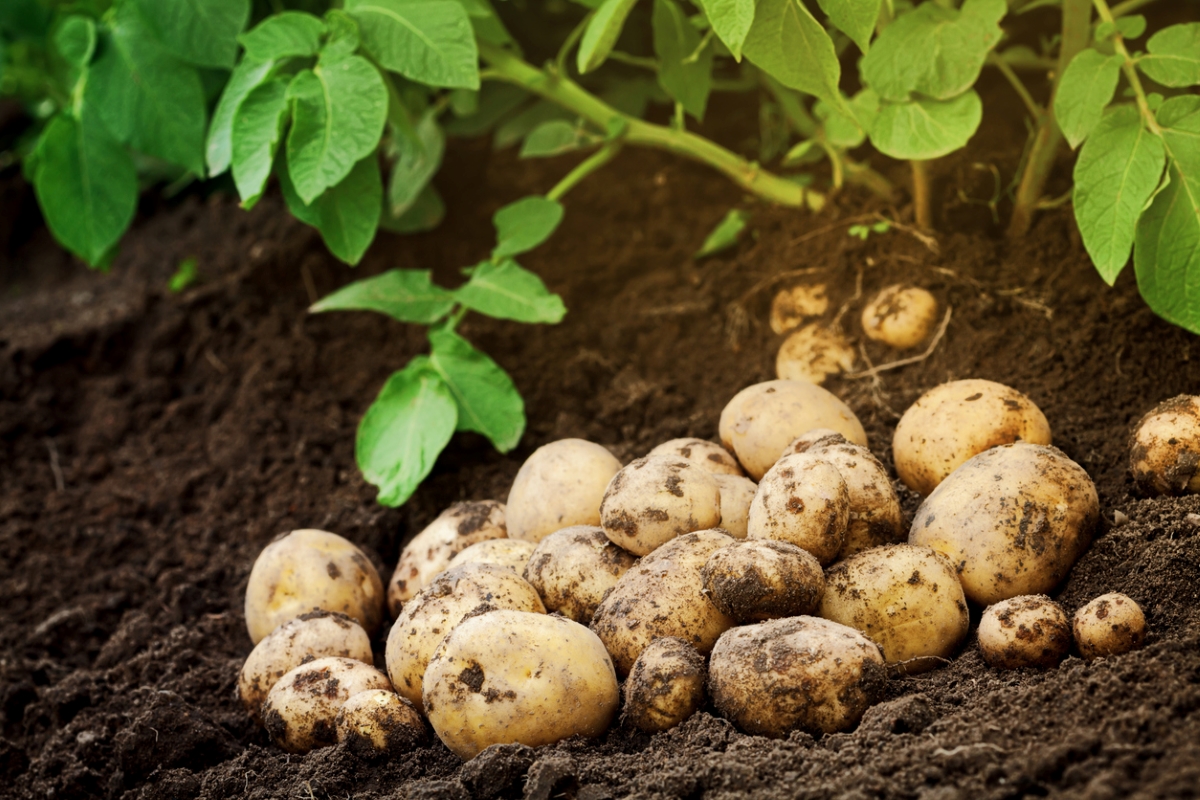
Often planted early in the spring, traditionally around St. Patrick’s Day, potatoes can soak up enough spring sun to satisfy them before trees leaf out and cast them in the shade. Under those conditions, they should be ready for harvest in early summer before they have to endure dim conditions for very long. If planted later, they can be partial sun vegetables if they receive at least 6 hours of rays per day. Since this edible is harvested from underground, make sure to plant the tubers in a loose soil.
RELATED: 25 Shade-Loving Plants for Where the Sun Don’t Shine
11. Peas (Pisum sativum)
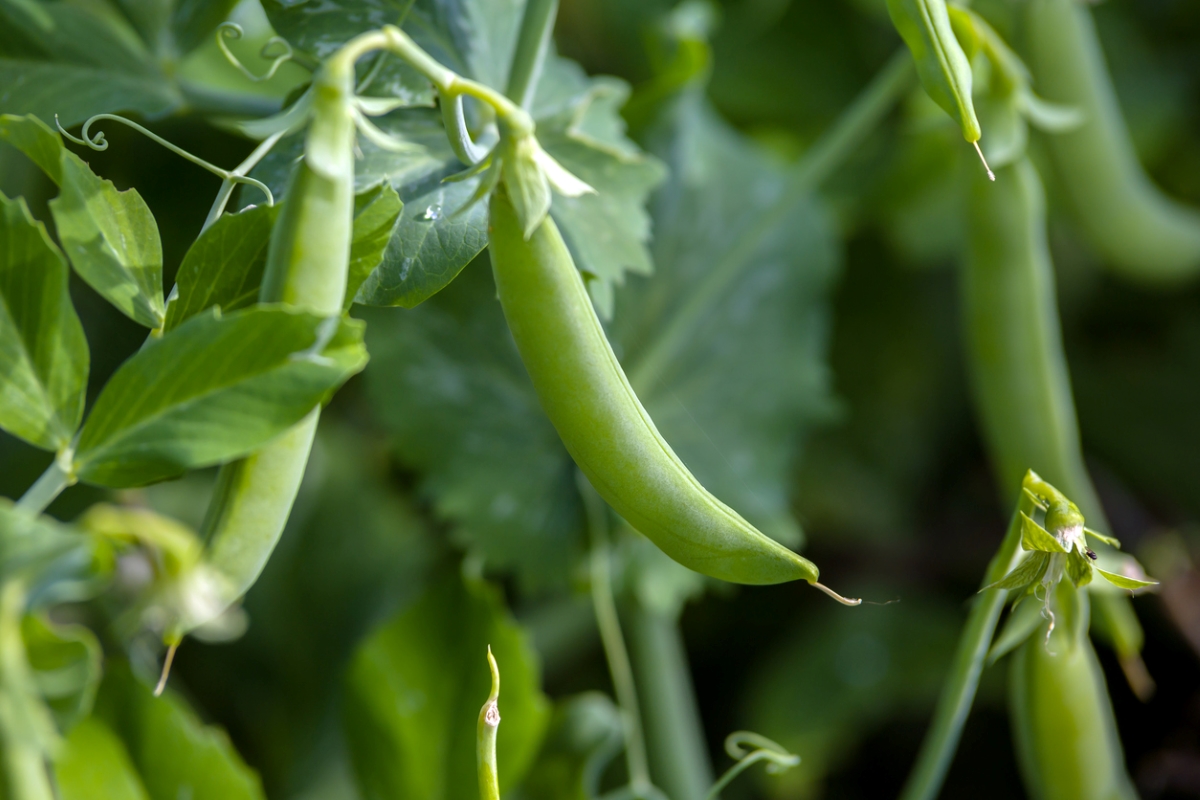
Like potatoes, peas often can be planted in early spring as well. Since they usually require only a couple months to grow, their pods may mature before the shade arrives. If planted later, they will tolerate partial shade but won’t produce as well there as they would in full sun. Try to sow pea seeds as soon as the ground is thawed.
12. Beans (Phaseolus vulgaris)
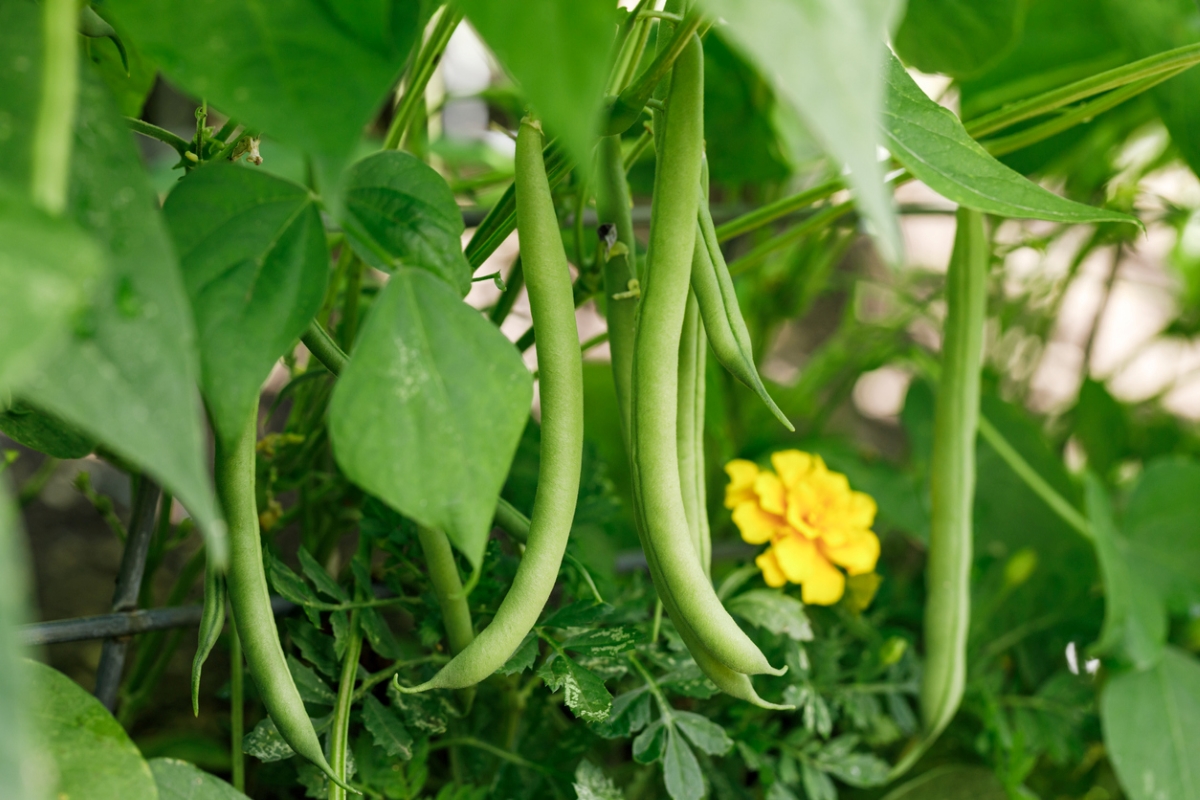
Another of the podded vegetables, green beans also will do surprisingly well in partial shade with about 5 hours of sun per day. They probably won’t perform as well as they would in full sun, granted, but they still can make a crop. Although growing vegetables in shade generally results in smaller harvests, you may have a better chance of keeping up with those that produce less prodigiously. Sow beans in soil that has warmed to at least 50 degrees.
13. Scallions (Allium fistulosum)
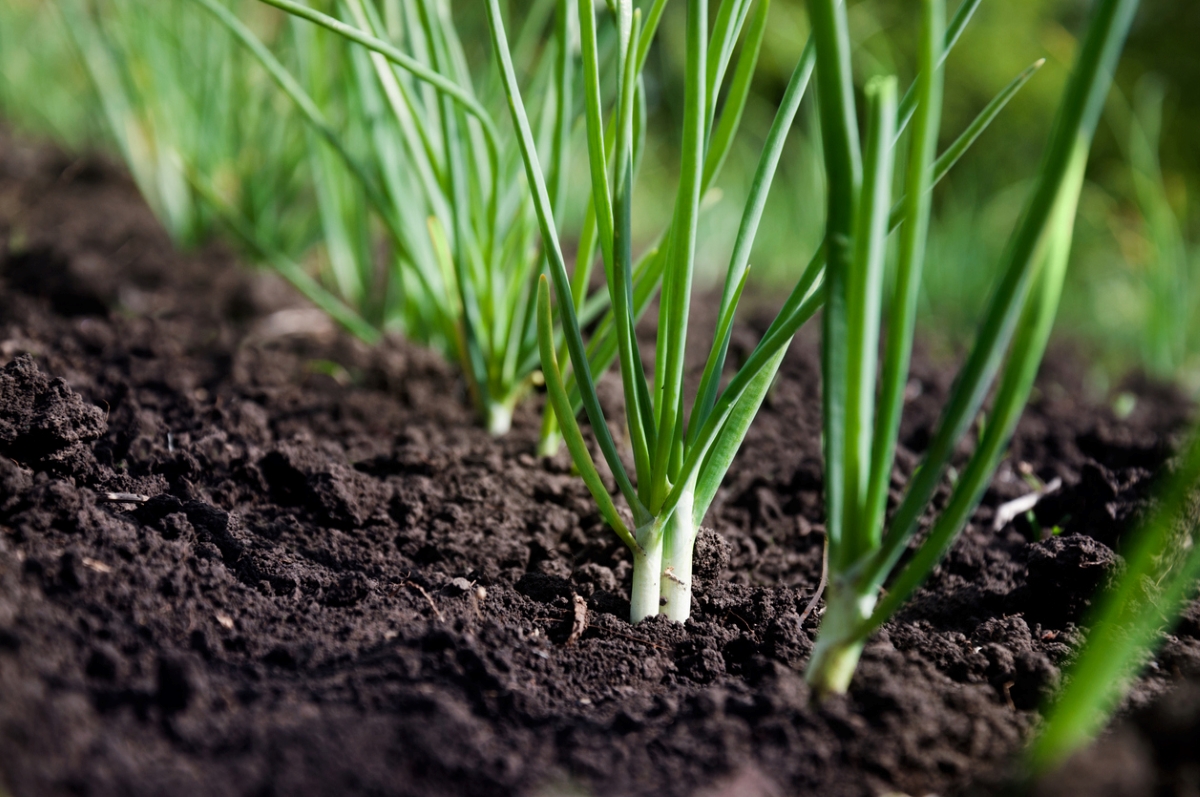
Onions raised for their bulbs usually require plenty of sun, but those grown for their greens typically tolerate partial shade if they receive at least 4 hours of sun. Scallions, or green onions, can be harvested once their tops reach 6 inches in height, so they can be fast-maturing partial shade veggies too. Give them well-draining soil and keep the soil moist but not wet.
14. Leeks (Allium ampeloprasum)
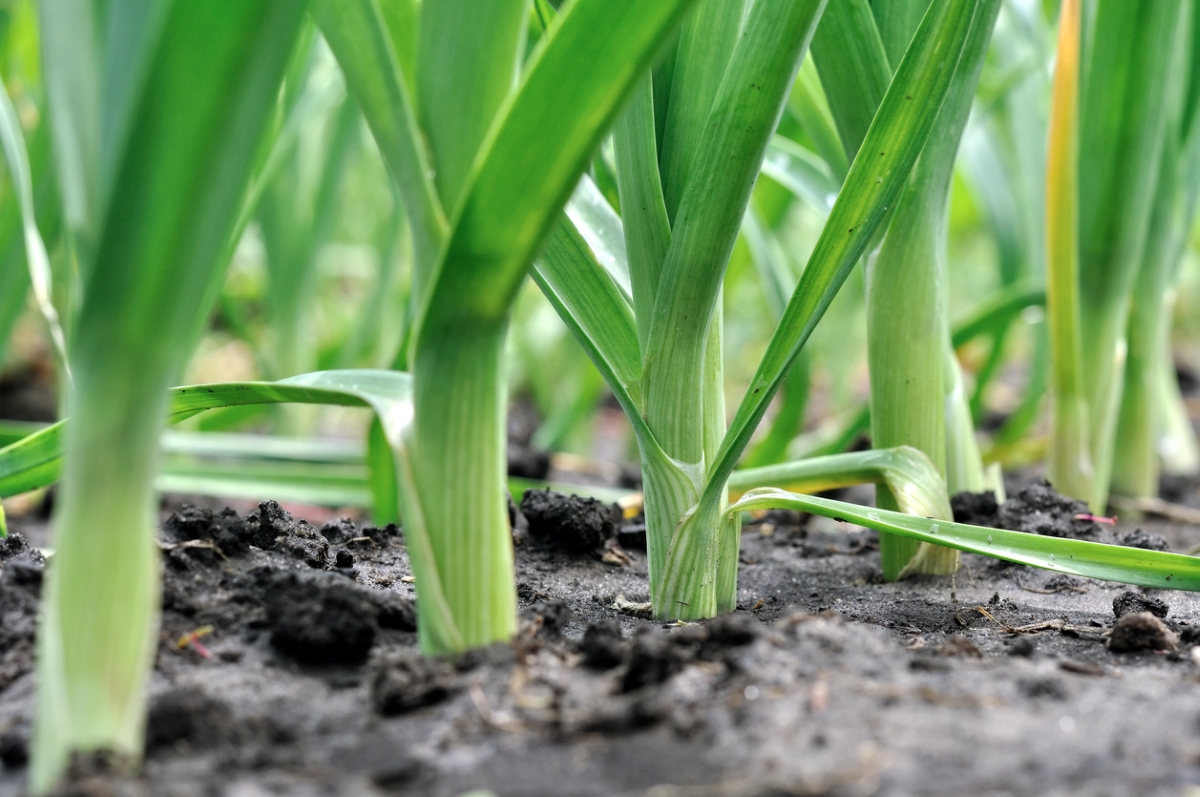
Leeks also will tolerate partial shade as long as those helpful 4 hours of sunlight “leak” through to them. Keep in mind that leeks require a long growing season, up to 4 to 7 months, to produce thick stalks, so it’s a good idea to plant them as early as possible in spring. They often can overwinter because of their high cold tolerance.
15. Garlic (Allium sativum)
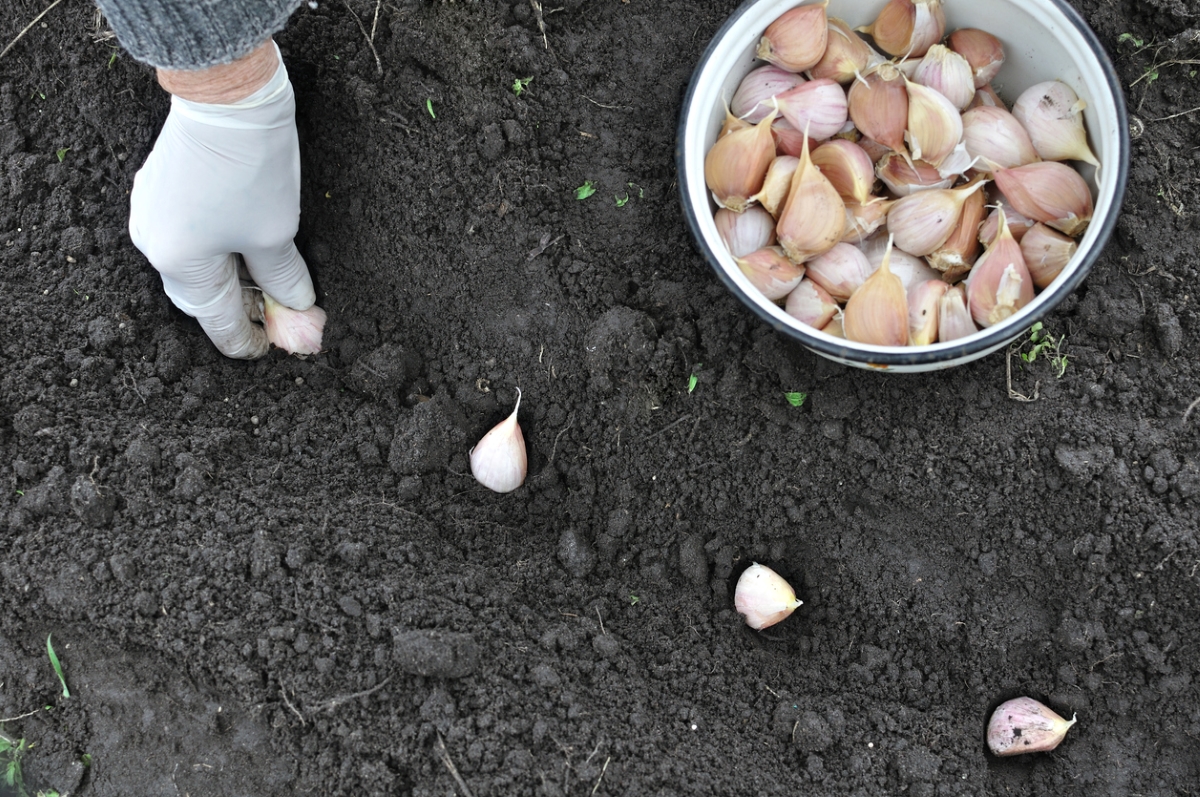
Although garlic likes the sun, it typically is planted in autumn for harvest in early summer. So, it can get most of its growing done during early spring in areas that will be shaded after the trees leaf out later. Plant your cloves in well-draining soil with lots of organic matter. Just be sure to mulch the ground in which you plant garlic before winter sets in

